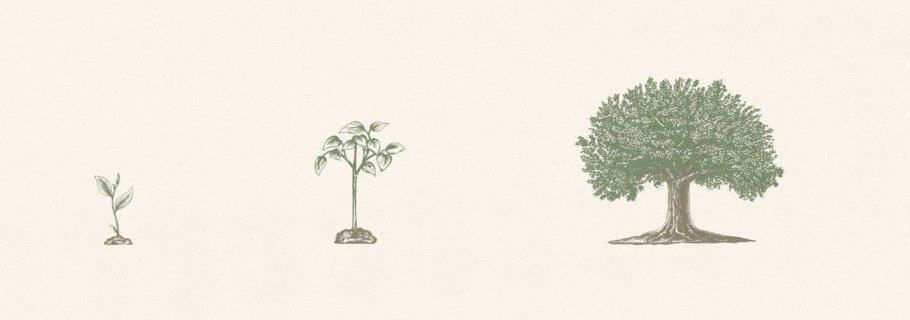Some great books hit your life like a sledgehammer. They wreck your preconceptions and disrupt what you were sure you knew. We need these books from time to time. Other books come like a cool drink of water on a hot afternoon. They reaffirm what you thought you knew, and shore up your pre-existing convictions. We need these ones, too.
David Powlison’s new How Does Sanctification Work? was decidedly in the second group for me. It is a book about one of my favorite topics and written by an author whose work has been important in my life. It was just the book I wanted and needed to read in the moment I picked it up.
Sanctification is a topic that has received a lot of attention over the past few years. We have grown accustomed to hearing of the centrality of the gospel in sanctification. And, of course, it is exactly the case that the gospel goes far beyond our justification, and is, indeed, essential to our sanctification. Yet, as is so often the case, people may have taken this a bit too far. Suddenly the cure for every ill was “look to the gospel” or “be gospel-centered.” Some went so far as to promote a kind of “hypergrace” that insists sanctification can be had in no other way than meditating upon the gospel and applying its promises. It said something like, “You are sanctified by remembering and believing afresh that you are justified by what Jesus did on the cross for you.” Everything else was given the ugly label of “legalism.” And it is in just this context that Powlison prepared his book.
What Powlison wants and promotes is a well-balanced understanding of sanctification that accounts for the many and varied means God uses to make his people holy. Faith in the gospel is the foundation for all sanctification and meditation upon the gospel is one means of gaining it. But it is not the only one. Rather, God has given us many and varied means and different ones will apply to different people at different times in their lives. The means God uses for me today, may be very different from what he uses for you tomorrow.
As I see it, then, the whole book is about understanding the various means God uses, and choosing which to apply in specific situations. Powlison speaks of balancing and unbalancing truth. “Ministry ‘unbalances’ truth for the sake of relevance; theology ‘rebalances’ truth for the sake of comprehensiveness.” Our theology gives us a wide and balanced understanding of the means God uses in sanctification while ministry calls on us to choose and employ just one or two of them at a time. Here is how he puts it: “because you can only say one thing at a time, a timely word must be a selective word focusing on the need of the moment. And this selective focus produces a kind of imbalance. But stepping back from the need of the moment, many things can be said, and this larger theological picture helps us maintain balance. The whole truth is as wide as human experience, as deep as the human heart, and as unfathomable as the God who weighs all things and intervenes in all things.”
What we see from Jesus and the Apostles and a host of personal experiences is that “the task in any ministry moment is to choose, emphasize, and ‘unbalance’ truth for the sake of relevant application to particular persons and situations.” The skill we need to apply to ourselves and others is the skill of unbalancing truth in just that way. Sometimes that will involve calling on people to believe afresh what God has done in justification. But other times it will be considering something altogether different. “In order to actually minister to people, you need wise selectivity, while bearing in mind the fullest possible repertoire of options from which to choose. You do not build a house with only one tool in your toolbox when God gives you a truckload of tools. But you do use your tools one at a time, the right tool for the right job.”
This emphasis makes How Does Sanctification Work? a book perfectly suited to this point in church history. It addresses and resolves one of the key points of confusion in the church today. Yet its principles are timeless, making it a book well-suited to any other point in church history. I enthusiastically recommend it.









